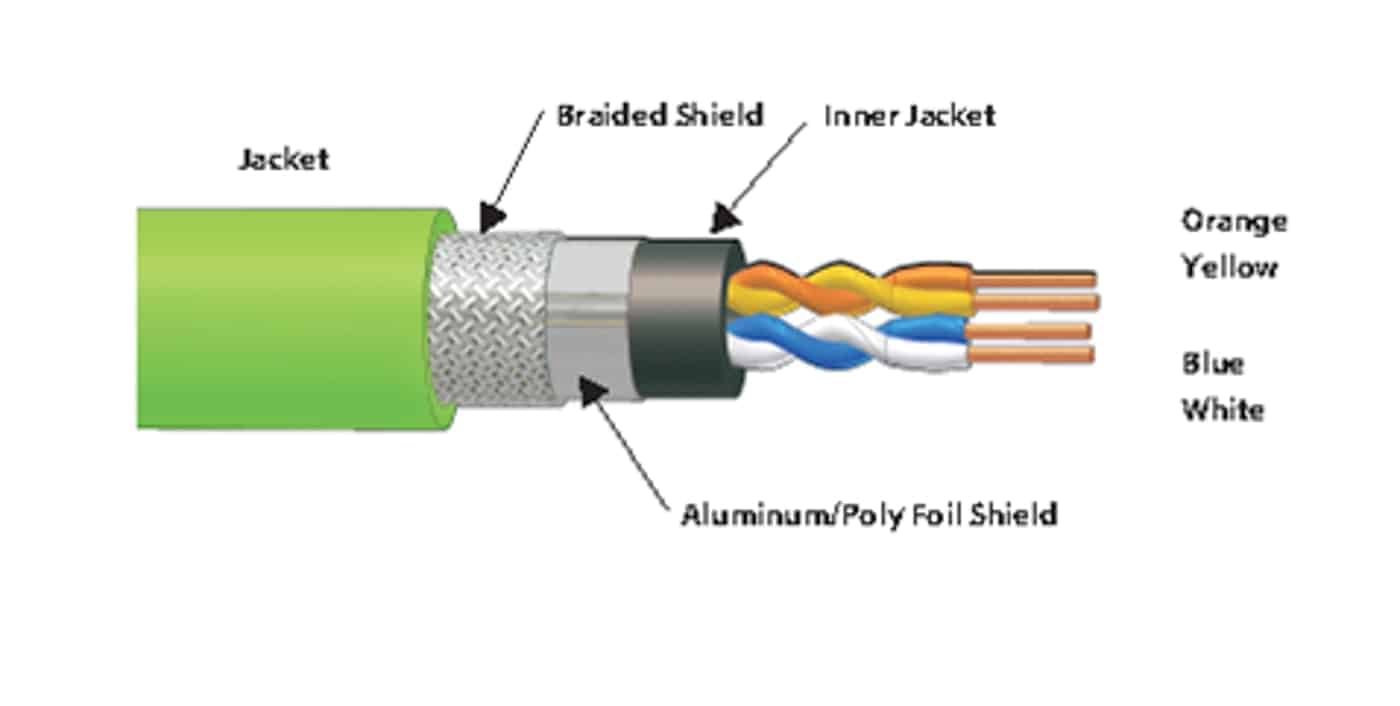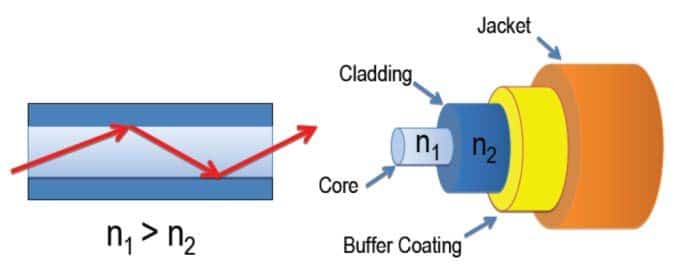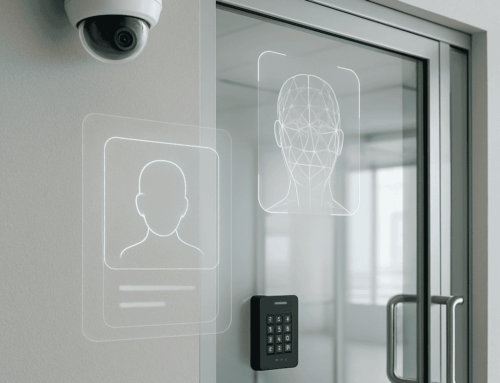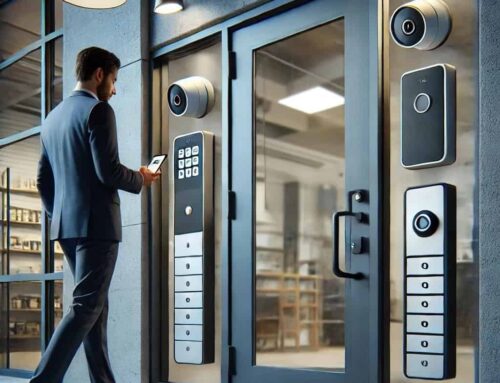The Basics Of Modern Data Wiring

As advanced as our technology gets, we still on the same basic principle to move data from one place to another. It’s the same principle that the telegraph system used: signal transmitted through wires.
Of course signal can be transmitted wirelessly, as terrestrial radio, cellphones, and satellites demonstrate on a daily basis, but wires still provide the foundation for how we move information around the world.
Data wiring is the broad term that refers to the networks of data-carrying cables installed in offices, hospitals, schools, and other buildings.
Early Data Wiring Technology
In the early days of computers, there wasn’t a specific standard for data wiring. Engineers used coaxial cable to connect computer terminals. Coaxial cable is a type of wire that uses a solid or braided “core” conductor surrounded by insulation, another conductive sheath, and finally a PVC sheath. Coaxial cable has a good resistance to signal attenuation and can carry signal over very long distances. It’s still used in cable television networks and to transmit internet to residential homes, hence “cable internet.”
Telephone wires, constructed of 22 or 24 gauge twisted pairs formed one of the most comprehensive data wiring networks in America. This network also formed the foundation of early internet networks (remember the sound of a modem dialing?).
Modern Data Wiring Has Come A Long Way
Today’s data wiring networks use rely on two primary technologies: ethernet cables comprised of twisted copper conductors and fiber optic cables comprised of glass or plastic cores. Both of these categories encompass a range of individual cable types offering different performance characteristics.
Ethernet Cables

Category or “CAT” cables are a family of copper cables used largely for signal transmission in data networks — they represent one type of structured cable and are commonly called ethernet cables. The International Organization for Standardization/International Electrotechnical Commission (ISO/IEC) standard 11801 contains the specifications for CAT cables as well as other structured cables. The class or category of cable is followed by a number, currently 1-8, and a variety of designations, thus the common use of phrases such as “CAT 5” or “CAT 6” in referring to the 5th and 6th generations of the cable type and so on. More specifically a network cable in this family contains twisted pairs of wire and may include additional shielding to reduce interference and cross-talk. The numeric progression of the cable names indicates a technological progression, with higher numbered cables handling higher bandwidth and in the case of CAT 6 and CAT 8, limited power transmission.
Fiber Optic Cables

In fiber optic wire, the information passes down a glass filament in the form of light pulses, which the computer processes. Within the family of fiber optic cable, there are two primary subdivisions: (1) single mode, and (2) multi-mode. In single-mode fiber optic cable, the filament is extremely small (9 µm) compared to a filament thickness of 50 µm for multi-mode. Single-mode fiber generally only carries a single signal or ray of light, whereas multi-mode can transmit multiple rays of light. Each type of fiber optic cable has real-world applications. Choosing the right one is often a matter of assessing your use case, infrastructure, and budget.
Data Wiring Is More Than Just Wires
In order to successfully plan, install, and run a data network you need more than just wires to connect all your computer terminals or wifi routers. You need the infrastructure to run it. Data network infrastructure includes a server (at least one), ethernet switches, power supplies, adequate cooling, physical security measures, connection to the ISP, battery backups, and much more.
If you don’t employ an IT professional already, it’s a good idea to partner with a company that has experience planning, installing, upgrading, and maintaining data wiring networks. The basic building blocks are the same whether you’re planning for new construction or upgrading an outdated network. However, the application is very different and you want to make sure that you’re investing in technology and infrastructure that will support your organization for years to come.
About i.e.Smart Systems
i.e.Smart Systems is a Houston, TX based technology integration partner that specializes in design and installation of audio/visual technology and structured cabling. For more than three decades, our team of in-house experts has partnered with business owners, architectural firms, general contractors, construction managers, real estate developers, and designers in the Houston market, to deliver reliable, scalable solutions that align with their unique goals.




